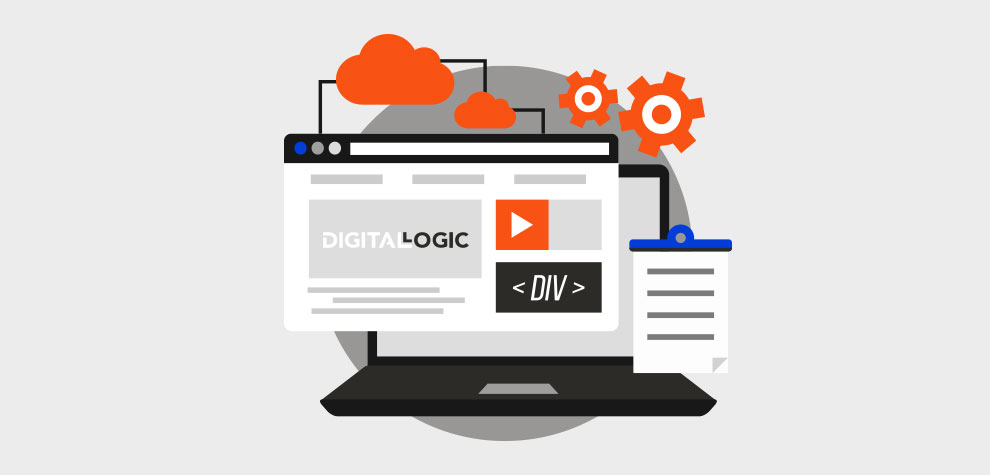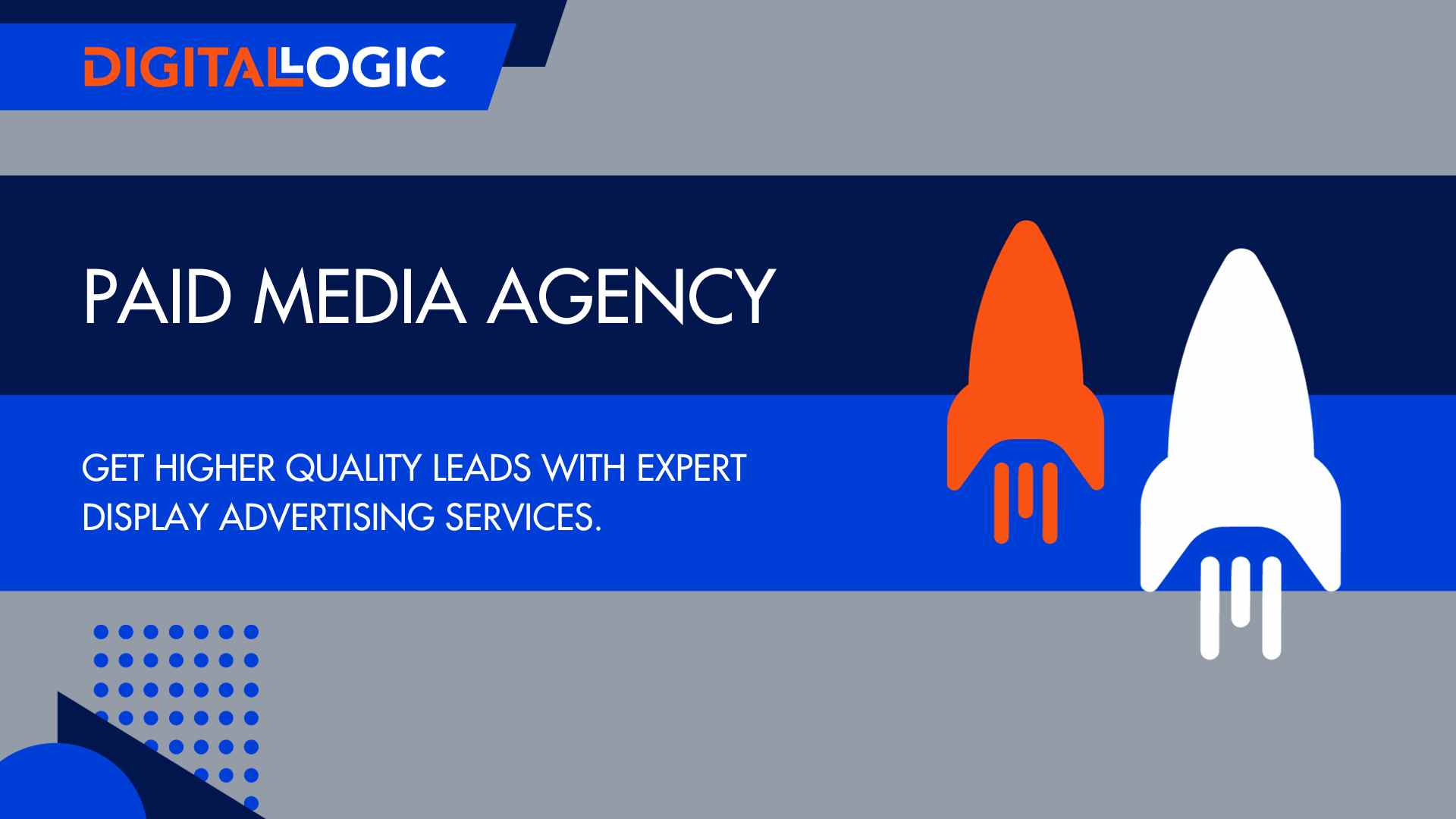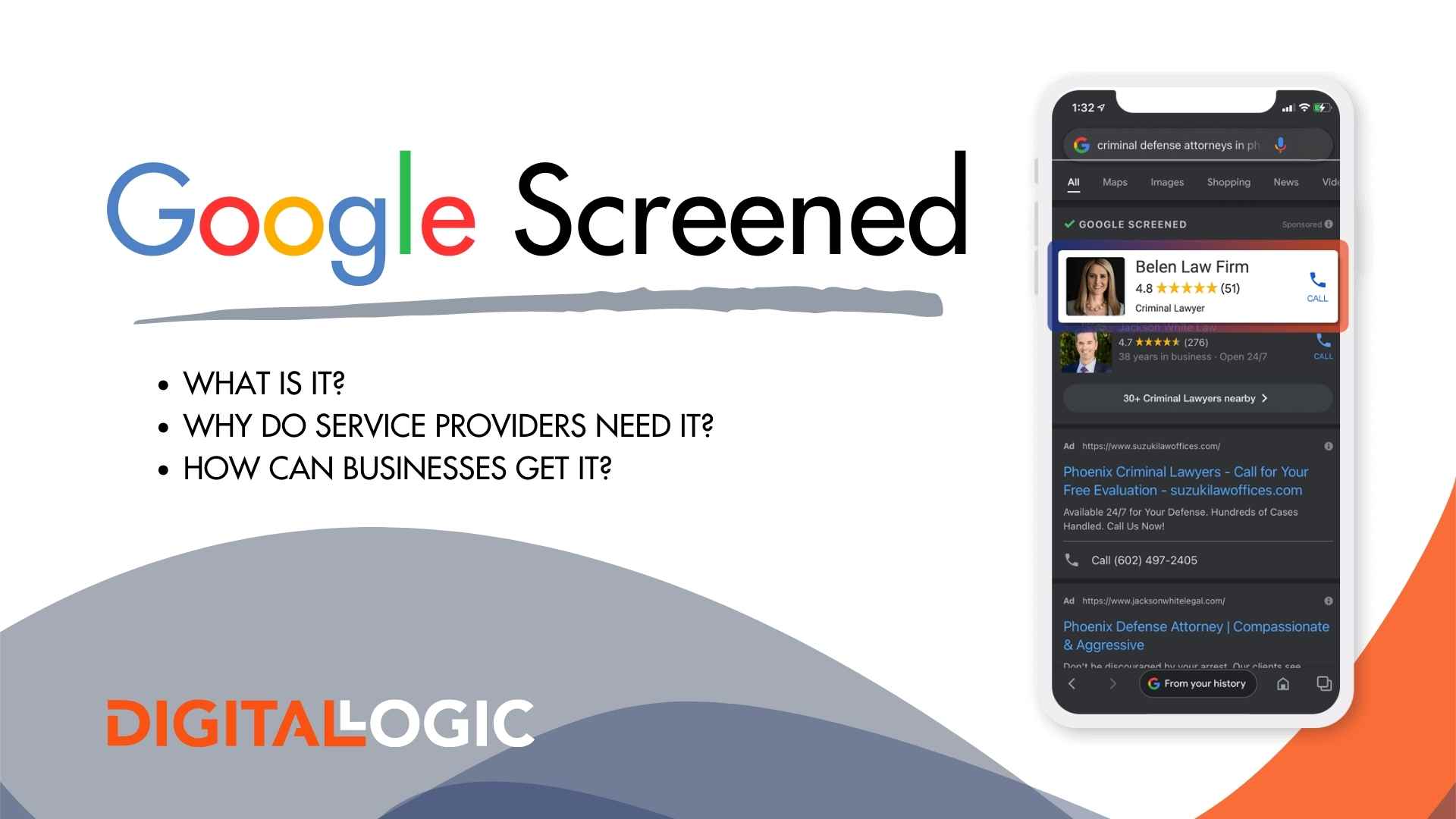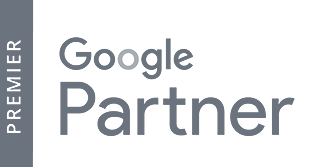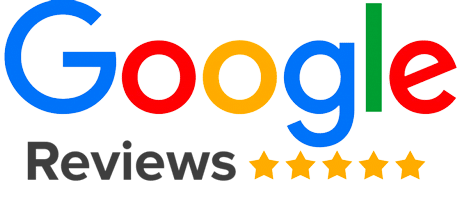As digital marketers, we’re often asked, “Do I need a website for my business?” For those looking for the short answer, we’ll help you out–YES!
In today’s digital era, having a strong online presence is critical for businesses of all sizes. A business website should serve as your virtual storefront, providing a platform for potential customers to learn about your business online and engage with your brand.
At Digital Logic, we understand the importance of a professional website in driving business growth and customer engagement, especially for small business owners.
Benefits of Having a Business Website
Table of Contents
ToggleA professional business website enhances your credibility and brand identity. Having a small business website also offers a global reach, which allows you, as a small business owner, to make your products or services available to a much wider audience 24/7.
By having your own website, your small business can stay ahead of competitors and establish a web presence that resonates with your target audience.
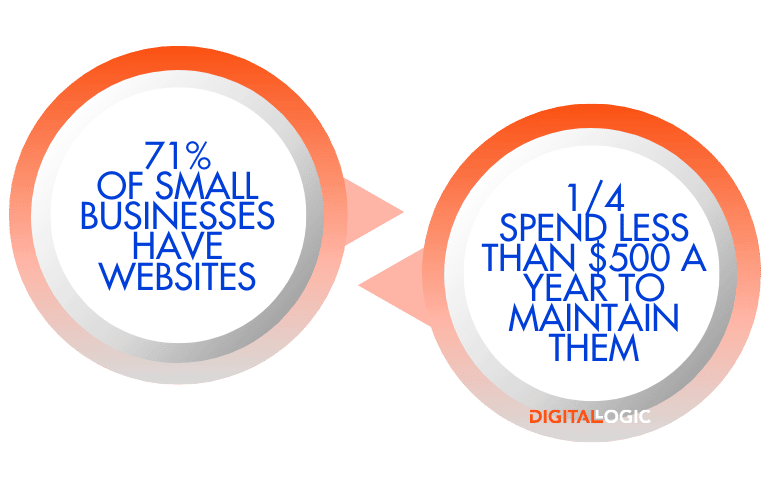
Credibility and Professionalism
A professional website exudes credibility and professionalism, both of which are vital attributes that can contribute to building trust with new customers on search engines. This digital web presence is a great representation of your small business and showcases the company’s commitment to quality and reliability.
A small business website positions your brand as a credible provider, especially in more competitive industries.
Global Reach and Accessibility
A business website transcends the physical limitations that most small businesses are limited by, as it ensures that your products or services are accessible to a global audience at any time.
For local businesses, this accessibility empowers many business owners to tap into new markets and secure new customers beyond the local area. So, if you’re looking to reach more than local customers, you’ll need a website for that!
Ready to learn more? Here are 6 tips for local small business marketing!
Building Brand Identity
A small business website serves as a canvas to express your brand’s identity on the world wide web.
Through an effective marketing strategy, engaging visuals, compelling content, and consistent messaging, online stores can craft a brand image that resonates with the target audience and leaves a lasting impression on target consumers.
Staying Ahead of Competitors
In a competitive landscape, having a small business website sets you apart from local competitors that may not have established a strong online presence yet. It enables small businesses to showcase products and services, engage with existing customers, and maintain a proactive approach to online marketing and customer interaction.
The Role of Search Engines for Small Business Websites
Search engines seriously play a pivotal role in driving online visibility and traffic, especially for new or small businesses.
Implementing effective search engine optimization (SEO) strategies ensures that your web pages rank prominently in search results. This leads to increased organic traffic and higher chances of customer engagement.
Visibility on Search Engines
An optimized, professional business website improves visibility on search engine results pages (SERPs). This makes it easier for prospective customers to discover your business online when searching for relevant products or services.
Regardless of your current business model, investing in professional SEO services is the best way to ensure online success for your small business.
Effective Search Engine Optimization Strategies
Effective SEO strategies encompass a range of techniques, such as keyword optimization, quality content creation, and backlink building. These strategies collectively enhance your website’s search engine ranking on Google search results and other search engines.
Organic marketing efforts increase your website’s chances of appearing higher in search rankings for relevant search queries.
Owning Your Brand’s Digital Identity
With a dedicated business website, as a small business owner, you have full control over how your brand is represented in the Google search results. This control extends to the design, content, and overall user experience of your online store.
This ensures that your brand’s values and messaging are consistently conveyed.

A website allows you to maintain consistent branding across all digital touchpoints. By aligning visuals, messaging, and tone, you reinforce your brand’s recognition and reliability in the eyes of customers.
Your website provides an ideal platform to convey your brand messaging accurately and effectively. From mission statements to product details, you can shape the narrative and present your business in the best possible light.
Small Business Website vs. Social Media Presence
While social media platforms offer valuable engagement opportunities and some social proof for small business owners, a business website serves as a centralized location for comprehensive information about your products, services, and brand information.
It enhances customer trust and engagement by providing in-depth insights that go beyond the scope of the business page on social media channels. While having a business page on social media platforms is a great place, you need a website to have a strong presence on Google’s search engine in order for many online marketing strategies to work!
Need more social media help? Here are 21 simple social media marketing ideas to help your business grow!
Utilizing Social Media Platforms for Website Traffic
Social media channels and websites play distinct yet complementary roles in your business’s online presence.
While a social business page fosters interaction and community engagement, a professional website offers a more structured and comprehensive presentation of your business than, say, a Facebook page.
Integrating your social media presence with your website can drive valuable traffic and engagement. By strategically promoting website content on social media posts, you can provide more social proof to followers and funnel interested users to your website for deeper exploration.
There’s truly no understating the importance of social media for business, but the reality is that small businesses need websites.

Growing Your Business with a Professional Website
A small business website is a powerful tool for business growth. It acts as an online storefront that’s accessible to a global audience. This allows small business owners to attract and convert prospective customers into loyal brand avocates.
You need a website that transcends geographical constraints, enables your small business to expand the reach beyond your local area.
A professional business website opens up new opportunities to tap into diverse markets and connect with consumers from various regions.
As a business evolves, a good website can seamlessly accommodate changes and growth. Whether you’re adding new products, services, or expanding your offerings, having your own website is beneficial, as it serves as an adaptable online platform to showcase the evolution of your small business.
Engaging Customers Through Your Small Business Website
Engagement is a cornerstone of successful online interactions. Potential customers interact more with captivating content, interactive features, and personalized experiences. So, you need a website that can engage visitors and encourage them to convert into paying clients or at least interact further.
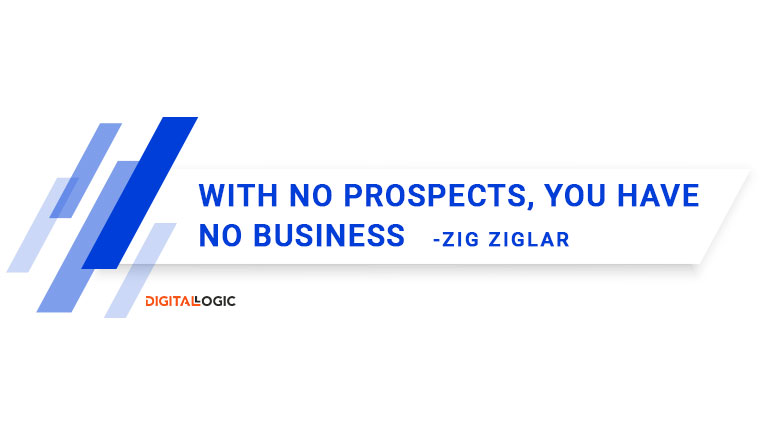
How Potential Customers Interact With Small Business Websites
Having your own website enables continuous interaction with customers beyond business hours. From customized contact forms to live chat options, visitors can engage with your brand, ask important questions, and seek information at their convenience.
The inclusion of a real-time chat feature on your small business website provides instant customer support. This enhances the user experience by addressing queries promptly, leading to higher customer satisfaction.
How Your Business’s Online Presence Influences Purchase Decisions
A well-structured, professional website equips customers with the information they need to make informed purchase decisions. You need a website that provides detailed product descriptions, customer testimonials or reviews, and interactive features to guide consumers through the process of the buyer’s journey.
Empowering Consumers with Information
A small business website empowers consumers by providing comprehensive information about your products, services, and industry expertise. This transparency fosters trust and positions your brand as a reliable resource.
An informative and professional small business website builds trust by showcasing your expertise and commitment to customer needs. Having a presence for your business online reinforces your legitimacy and provides a platform for potential customers to validate your credentials.
If you’re a newer business that needs to improve your online storefront credentials, we recommend adding professionally edited video testimonials to your site!
Creating Websites for Small Businesses
An effective small business website encompasses several key elements that collectively contribute to its success.
From the website design process and user experience to a content management system and local visibility, these factors work together to create a compelling online presence.
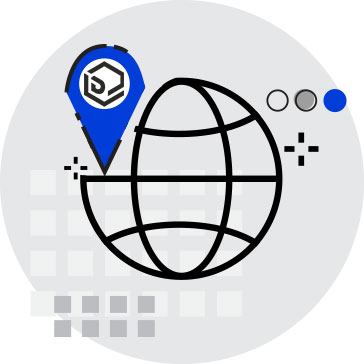
Web Design and User Experience
Web design and user experience are critical for making a positive impression on your website traffic.
A visually appealing layout, intuitive navigation, and responsive web design contribute to a seamless user experience. If you need a website that converts, you need to consider the end user.
Quality Content Management System
Quality content engages consumers and provides valuable insights. Regularly updated blogs, visual elements, and informative resources showcase your expertise and keep visitors returning for more.
“The devil’s in the details,” they say, and all the details matter when it comes to the website builder you select as a small business owner.
Learn how to raise your Google quality score with website content!
Mobile Responsiveness
In this era dominated by mobile devices, you need a website that is mobile-responsive. Ensuring that your own website looks and functions well on various screen sizes enhances the user experience and accessibility.
How Local Businesses Can Maximize Online Visibility
For businesses targeting local customers, local visibility is key. Utilizing local SEO services ensures that your website appears prominently when consumers search for relevant services in your area.
Here are a few additional tips to stand out on local Google searches.
Targeting Local Audience with Search Engine Optimization
Local SEO strategies, such as location-based keywords and Google My Business optimization, help small business owners connect with nearby customers who are actively searching for relevant offerings in their vicinity.
Google Business Profile Integration
Integrating a Google Business profile enhances your local online presence, especially on Google Maps. Google Business listings display crucial business information in search results, such as the business name, business address, and phone number.
This makes the process easier for potential customers to find and engage with your business using Google Maps and Google’s search engine.
Learn more about how to use “Google’s people also search for” for marketing.
Marketing Strategies for Small Business Websites
You need a website to serve as a launchpad for online marketing efforts. By strategically placing calls-to-action and lead-generation forms, you can capture valuable leads and nurture them into paying customers via your business’s web presence.
As a top SEO agency, Digital Logic offers invaluable content marketing services, affordable SEO services, technical SEO services, and website traffic monitoring if you’re a small business owner looking to outsource SEO services.
Check out our monthly SEO packages, and then request your free SEO audit service if you’re interested in a marketing audit for your business!
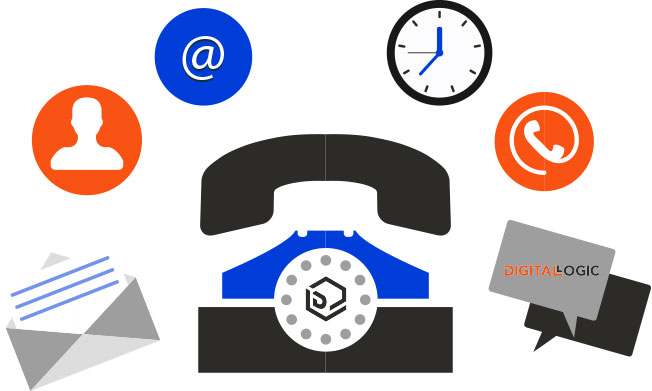
Driving Traffic Through Google Search
A well-structured website guides consumers through the sales funnel, from awareness to conversion.
Every landing page, graphic, website footer and header, and call-to-action works together to drive online traffic toward making a purchase or taking a desired action.
Effective SEO combined with high-quality content creation attracts SEO traffic to your small business’s website. Engaging blog posts, informative content, and valuable resources position your small or local business as a go-to destination for industry insights.
Choosing the Right Web Development Partner
When deciding between website builders, electing a trusted web development partner like Digital Logic ensures that your company’s website is crafted by a professional that’s extremely qualified and tech-savvy.
Collaborating with professional website builders guarantees a functional, visually appealing, and SEO-optimized website that outperforms the competition in the search rankings.
Professional Web Design and Development
A professionally designed website speaks volumes about your brand’s commitment to excellence. A cohesive website design, intuitive navigation, and optimized functionality all contribute to a positive user experience.
Potential customers interact more with websites that are easy to navigate, so hiring a professional website builder can pay for itself several times over!
Expertise in SEO and Digital Marketing
Partnering with experts in SEO and digital marketing, such as Digital Logic, ensures that your small business’s website aligns with web design best practices. This digital marketing expertise enhances your brand’s web presence, engagement, and conversion rates.
Real-world case studies illustrate how local businesses have achieved remarkable success through their own websites.
Establishing Authority in Your Niche
A well-informed website featuring informative content positions your small or local business as an authority in your industry. By sharing helpful insights, best practices, and industry trends, you demonstrate your expertise and attract a dedicated audience.
A website provides a platform to share your expertise and knowledge through blogs, articles, and resources. This not only engages your audience but also strengthens your brand’s credibility.
Additionally, owning your website allows you to highlight your thought leadership within your industry. By sharing valuable insights and staying updated on industry trends, you can position your brand as a trusted leader.
Perceived Complexity of Having Your Own Website for Small Business Owners
Addressing misconceptions and doubts directly on your website helps build trust. Clearing up misunderstandings ensures that website visitors and prospects have accurate information and are more likely to engage with your business.
Many businesses hesitate to have a website due to perceived complexities. Many business owners stop looking into website development when they learn they’ll need to pay for hosting services from a reputable hosting company.
Contrary to common belief, creating a website is affordable and offers significant returns on investment.
The benefits of increased visibility, customer engagement, and lead generation FAR outweigh the initial costs.
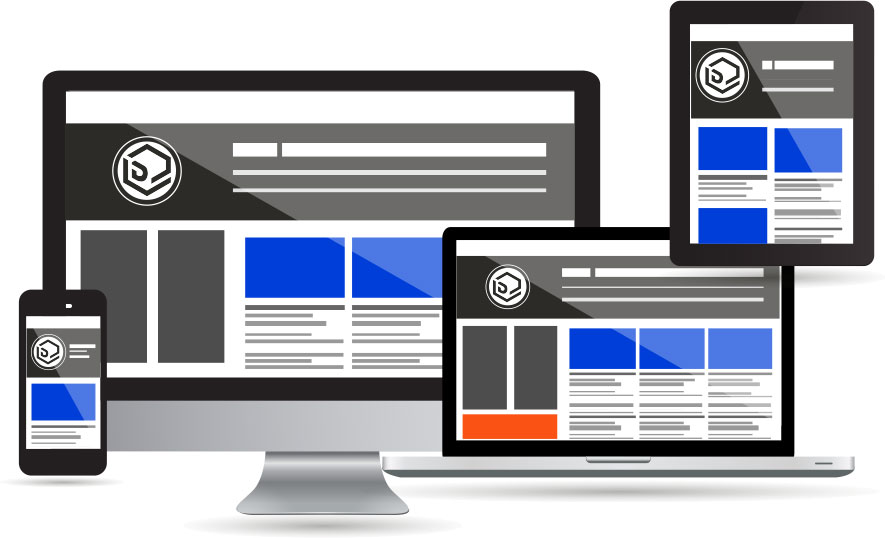
How Having Your Own Website Provides Platform Independence and Control
Having your website means you business is not tied to any specific platform or third-party limitations. You have complete control over design, content, and functionality, giving your brand more independence.
Your small business website serves as your digital real estate, a space that you fully own and control. Unlike a social media business page, a website provides you with a permanent and customizable online presence.
Having a website reduces your reliance on third-party platforms for business visibility. Instead of relying solely on the recently politicized social media algorithms, you can direct traffic to your website, where you have more control.
Converting Website Visitors into New Customers
An effective website doesn’t just attract online visitors; it converts them into paying customers. Engaging content, strategic CTAs, and a user-friendly interface guide visitors toward taking desired actions.
Think of it this way: typically, people search for things they are interested in. So, unlike a storefront, having a dedicated website for your business is a way to gauge consumer interest before investing in inventory (in most cases.)
Additionally, using programs like Ahrefs or Google Analytics, you can see what specific query brought users from the Google search results to your site! (See our Google Analytics tutorial for more information.)
Again, all the details matter when you’re trying to get your business name out there!
Effective Calls-to-Action (CTAs)
Strategically placed CTAs prompt visitors to take specific actions, whether it’s making a purchase, filling out a contact form, or subscribing to your newsletter.
Conversion-Optimized Landing Pages
Having a dedicated landing page for each ad group that’s optimized for conversion enhance your chances of turning visitors into leads or customers. These pages focus on a specific offer or goal, eliminating distractions and encouraging action.
If you’re interested in Digital Logic’s paid advertising services or local ads services, our PPC consultants would love to help!
Your Business Needs a Website
The question of whether your business needs a website is met with a resounding affirmation.
A professionally designed website is not just a modern necessity; it’s an indispensable asset that empowers small businesses, bolsters credibility, and ultimately drives growth. As the gateway to your brand in the online world, a website expands your online reach, engages more customers, and establishes trust more than simply being active on social media.
From the pivotal role of SEO to the advantages of owning your brand’s digital identity and implementing search engine advertising, every aspect outlines the undeniable benefits of having a business website for small businesses.
In a landscape where competition is fierce and customers are discerning, a website is a tool that empowers your business to shine, connect, and thrive in today’s digital era.
Learn more about our website development services!
